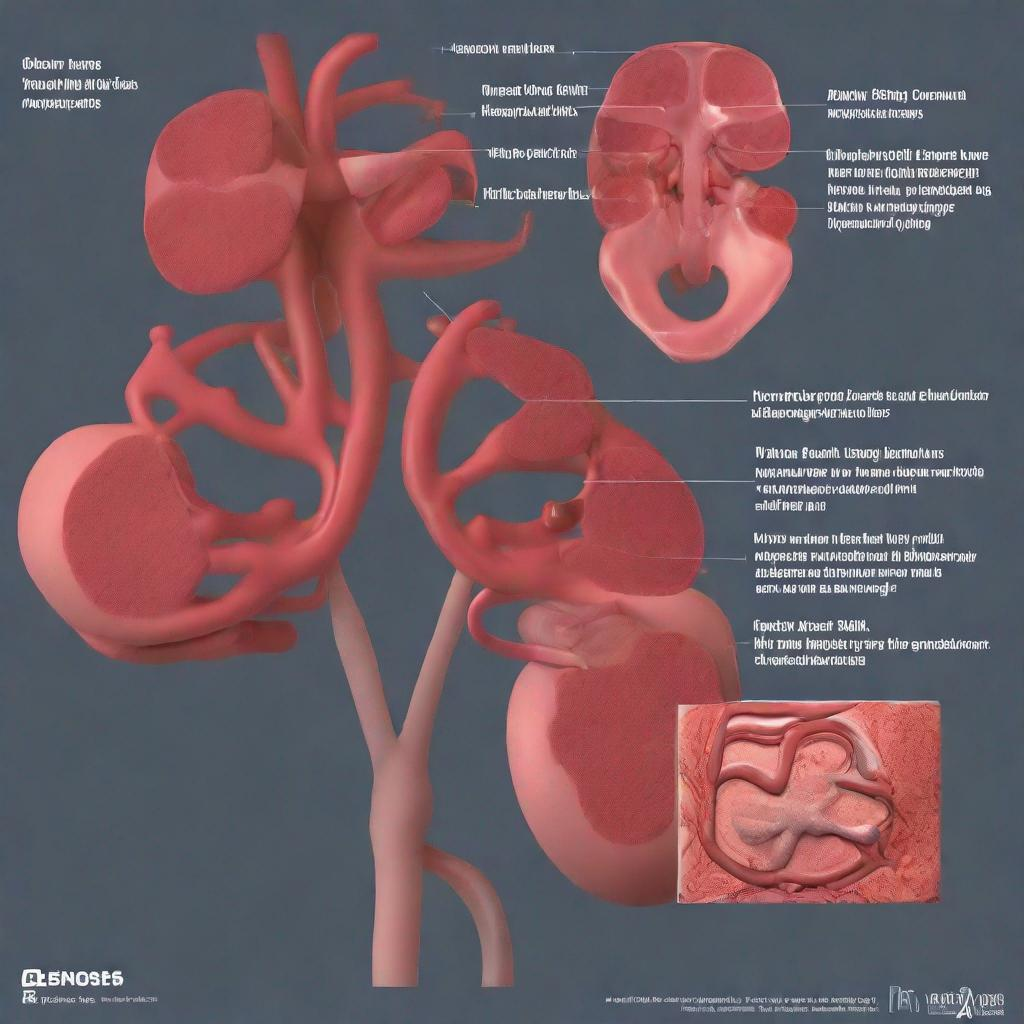Shiga Toxins E.Coli Test: A Comprehensive Guide for Patients
Introduction
The Shiga toxins E. coli test is a crucial diagnostic tool used to detect a potentially life-threatening bacterial infection caused by a strain of Escherichia coli (E. coli) bacteria that produces Shiga toxins. These toxins can damage the blood vessels and red blood cells, leading to serious complications such as hemolytic uremic syndrome (HUS).
Test Overview
The Shiga toxins E. coli test is a stool test that identifies the presence of Shiga toxins 1 (Stx1) and 2 (Stx2) in the stool. These toxins are produced by certain strains of E. coli bacteria, including *E. coli* O157:H7 and *E. coli* O26.
Conditions and Diseases Detected
The Shiga toxins E. coli test is primarily used to diagnose **hemolytic uremic syndrome (HUS)**, a rare but potentially fatal condition that affects the kidneys and blood vessels. HUS is characterized by the following symptoms:
- Bloody diarrhea
- Abdominal pain
- Vomiting
- Fever
- Fatigue
- Confusion
- Seizures
The test can also help diagnose other conditions associated with Shiga toxin-producing E. coli (STEC) infections, such as **bloody diarrhea** and **enterocolitis** (inflammation of the intestines).
Preparation Guidelines
Before undergoing the Shiga toxins E. coli test, it is crucial to follow the following preparation guidelines:
- **Fasting:** You may be asked to fast for 8-12 hours before the test.
- **Restrictions:** Avoid consuming any food or beverages, including water, during the fasting period.
Procedure
The Shiga toxins E. coli test is a simple and painless procedure. A healthcare professional will collect a stool sample using a sterile swab or container. The sample will then be sent to a laboratory for analysis.
Duration and Waiting Time
The test usually takes about 24-48 hours to complete. Your healthcare provider will inform you when the results are available.
Additional Tests
In addition to the Shiga toxins E. coli test, your healthcare provider may recommend other tests to assess your health and rule out other potential causes of your symptoms, such as:
- Complete blood count (CBC)
- Blood culture
- Stool culture
Conclusion
The Shiga toxins E. coli test is a valuable tool for diagnosing infections caused by STEC bacteria. If you experience symptoms of HUS or other related conditions, it is essential to seek medical attention promptly and undergo testing to receive appropriate treatment.
**Remember:** Discuss with your healthcare provider if the Shiga toxins E. coli test is right for you based on your symptoms and health history.


